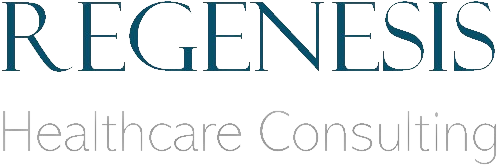Regenesis assists hospitals in integrating regenerative orthopedics as a specialized component within their orthopedic services.
Incorporating regenerative orthopedics as a subspecialty enhances hospitals' orthopedic services by offering minimally invasive treatments that promote natural healing, potentially reducing the need for surgery and improving patient outcomes.
Tissue Repair and Regeneration
Regenerative orthopedics promotes natural healing processes, enhancing mobility and reducing pain by stimulating tissue repair in damaged tendons, ligaments, and cartilage.

Minimally Invasive Treatment
Utilizing techniques such as PRP injections or stem cell therapy, regenerative orthopedics offers quicker recovery and lower complication risks compared to traditional surgery.
Long-Term Benefits
Regenerative orthopedics aims to provide lasting relief, potentially preventing the progression of degenerative joint diseases, thus improving quality of life and reducing reliance on medications or invasive procedures.
Practice Set-up
Regenesis assists hospital in clinic set-up process.
Infrastructure Planning
Planning for essential equipment is vital to support regenerative orthopedic procedures, which includes establishing specialized laboratories for processing regenerative materials such as PRP or stem cells.
Education & Training
Hospital staff need comprehensive training on regenerative orthopedic techniques and their applications to ensure proficiency and safety in delivering these treatments.
Regulatory Compliance
Ensuring compliance with regulatory standards and guidelines is crucial to integrate regenerative orthopedics seamlessly into existing hospital protocols, safeguarding patient welfare and legal adherence.
Service Benefits
- Enhanced Treatment Options
- Reduced Surgical Risks
- Holistic Patient Care
- Research and Innovation
- Market Differentiation
- Expanded Referral Network
- Attracting New Specialists
- Diversified Revenue Stream
- Community Health Enhancement
- Improved Population Health Management


